Humankinds’ relationship with trees is as complex and multifaceted as is our relationship with each other – sometimes more so. Following are a few quotes I have read over the years that have remained with me, and give some insight into this deep, enduring relationship.
“A tree is in a forest, but there is also a forest in each tree.” William Bryant Logan, Sprout Lands
“If you are holding a sapling in your hand when the Messiah arrives, first plant the sapling and then go out and greet the Messiah.” Richard Powers, author
“The tree, shears, and I are dancing partners under the sun. We’ve been together for decades.” Leslie Buck, Cutting Back
“The vision of trees – huge, still, quiet – as experiencing subjects, processing at their own pace while we scurry around them, is such an evocative one. ” Peter Godfrey-Smith, Metazoa
“Trees have marvelously intricate relationships with other organisms,” Jonathan Drori, Around the world in 80 Trees
“Among all the varied productions with which Nature has adorned the surface of the earth, none awakens our sympathies, or interests our imagination so powerfully, as those venerable trees, which seem to have stood the lapse of ages . . ” John Muir, 1868
“In a world increasingly dominated by change, these trees provide a tangible link with our past, serving to remind us of the extraordinary antiquity and beauty of life on Earth.” Edward Parker and Anna Lewington, Ancient Trees
“Almost every paean to trees includes some description of what trees do for human beings (wonderful things, important things), but even if trees performed no ecological services, I would want to observe them regularly and intimately just to experience the brillance of their engineering.” Nancy Ross Hugo, Seeing Trees
“We too often forget that trees have been successfully negotiating all the processes to which we subject them – mutation, evolving adaptations to changed circumstances, cross-breeding, self-planting, regenerating – entirely of their own accord for millions of years.” Richard Mabey, The Cabaret of Plants
“People and trees are meant to be together, and if we work at it, that’s how we will stay. Right here, dwelling in our common home on this beautiful earth, far into the future, amid the beauty and wonder of trees.” Lynda V. Mapes, Witness Tree
“I imagined the feelings of the tree: no sight, no sound, no smell. It knows the trees around it by the touch of their roots. Maybe there is the sensation of fullness, the pull of water through its trunk, the daily sweep of the Sun, the slight push of the wind. Maybe it could feel the tug as we pulled away cones.” Zach St. George, The Journeys of Trees
“To listen to trees, nature’s great connectors, is therefore to learn how to inhabit the relationships that give life its source, substance, and beauty.” David George Haskell, The Songs of Trees
“There is some basic sympathy between oaks and humans. We both like the same things, we both have similar virtues, and we both have spread to the very limits of what we like. And wherever we have gone, oaks have become central to our daily lives. We invented a whole way of living out of their fruit and their wood, and by that token, they too invented us. ” William Bryant Logan, Oak, The Frame of Civilization
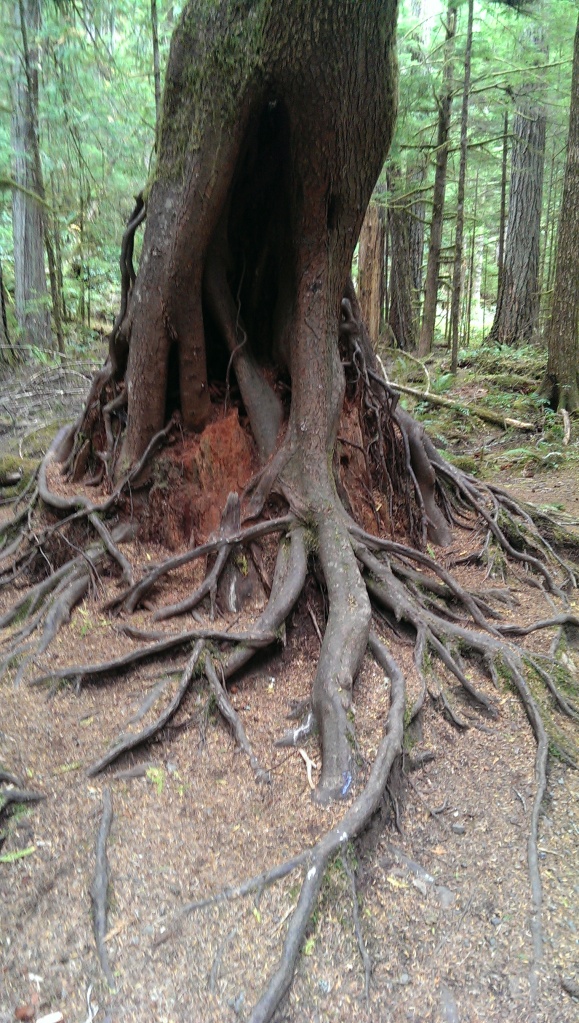
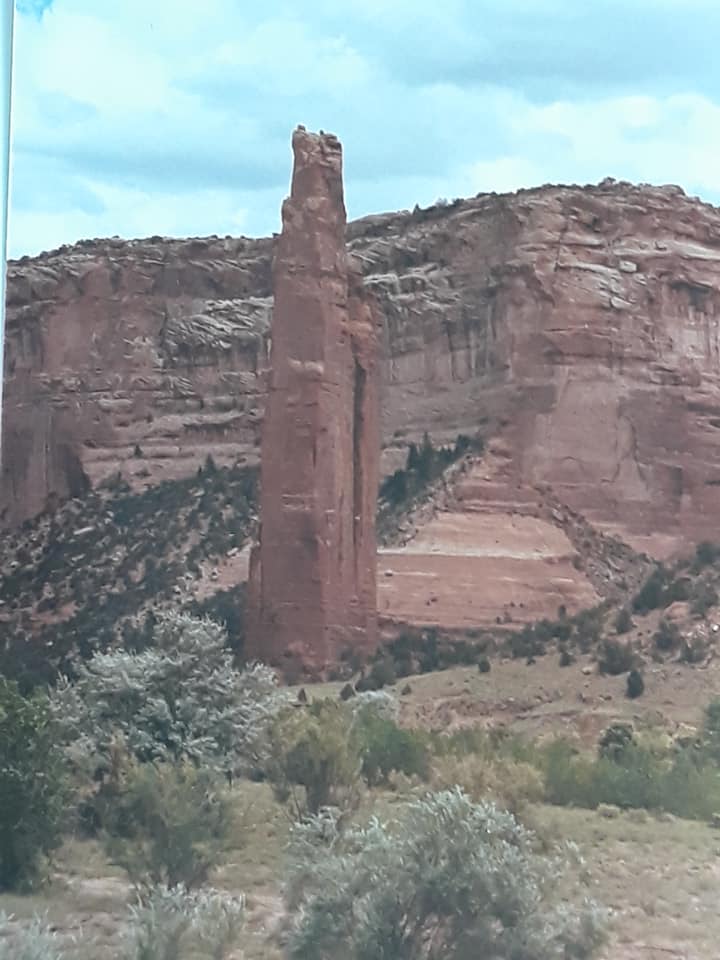
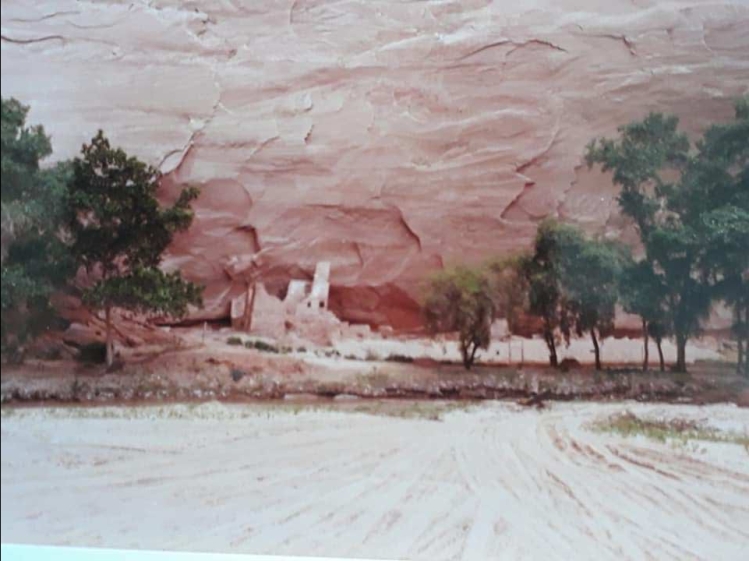

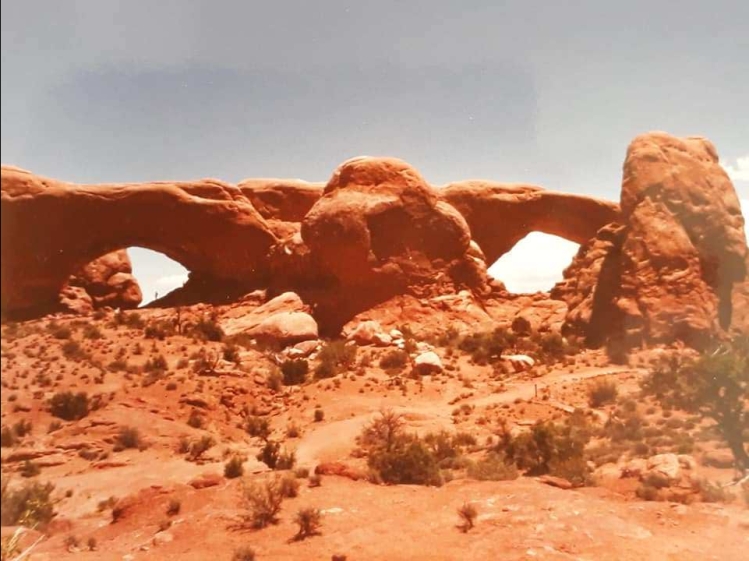
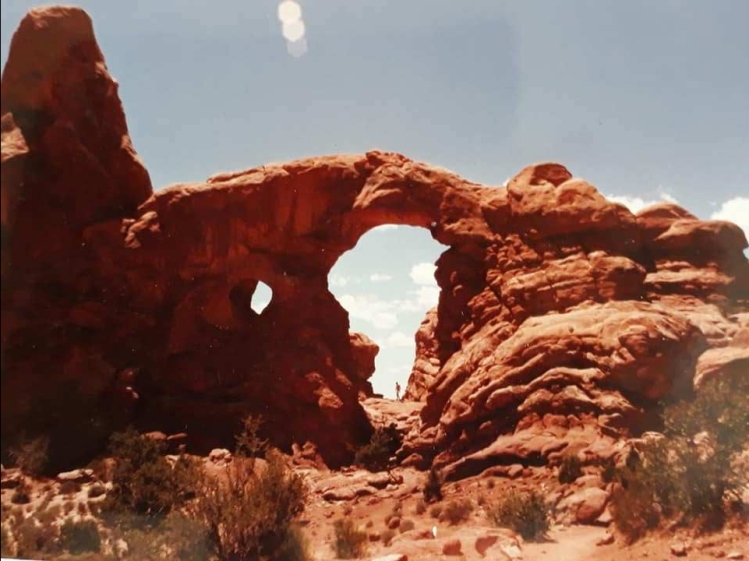
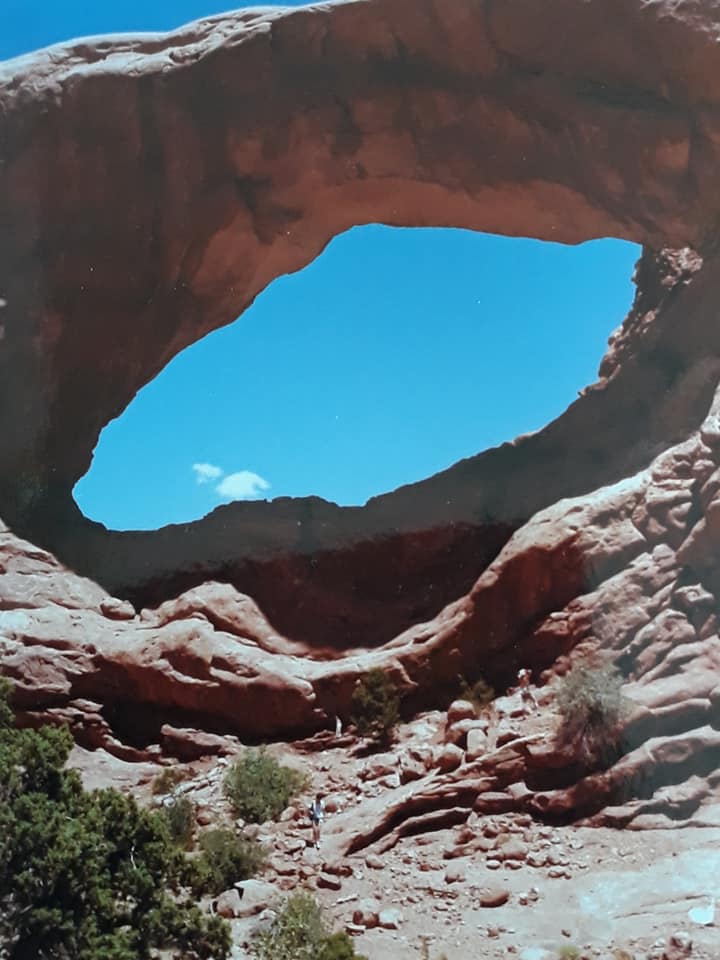
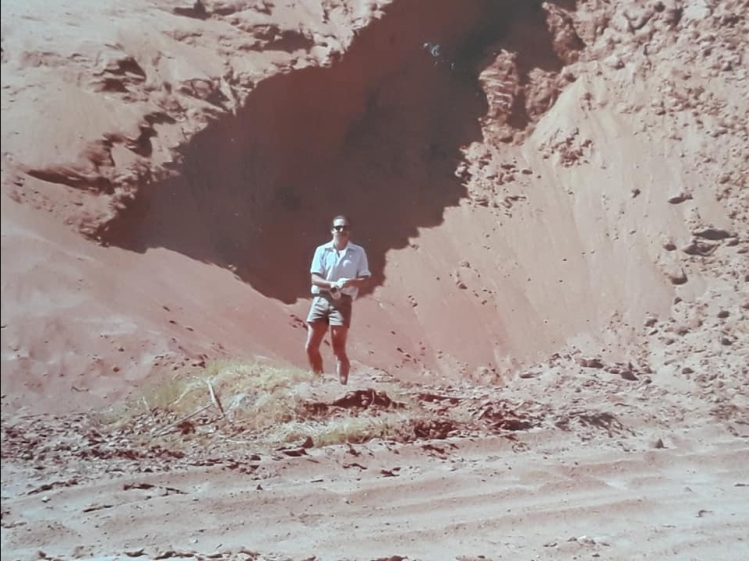
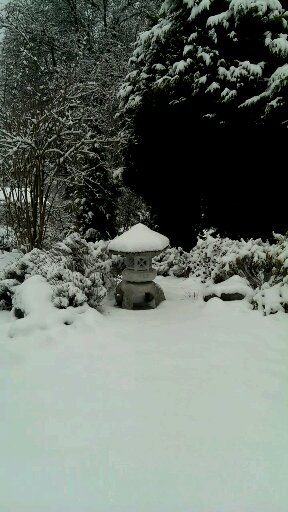
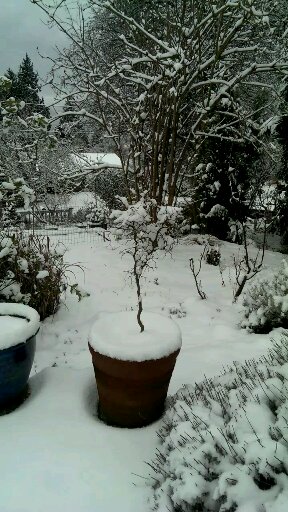
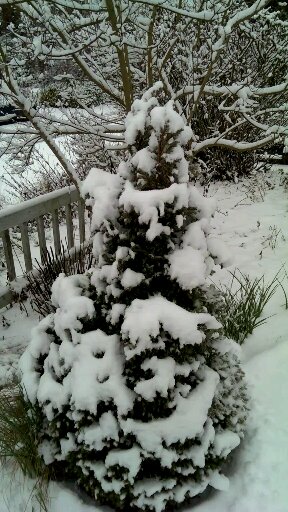
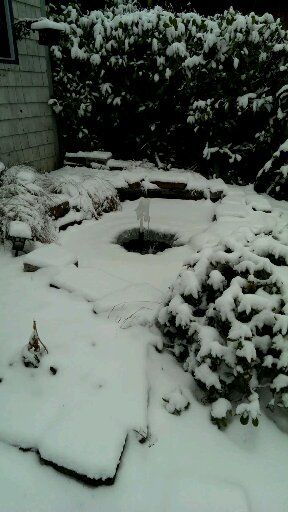
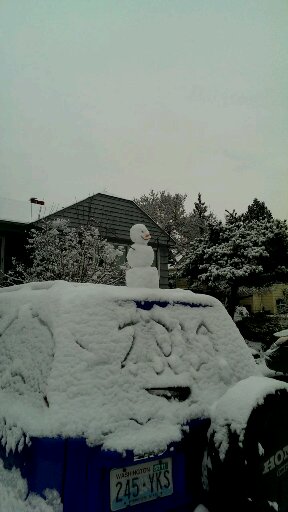
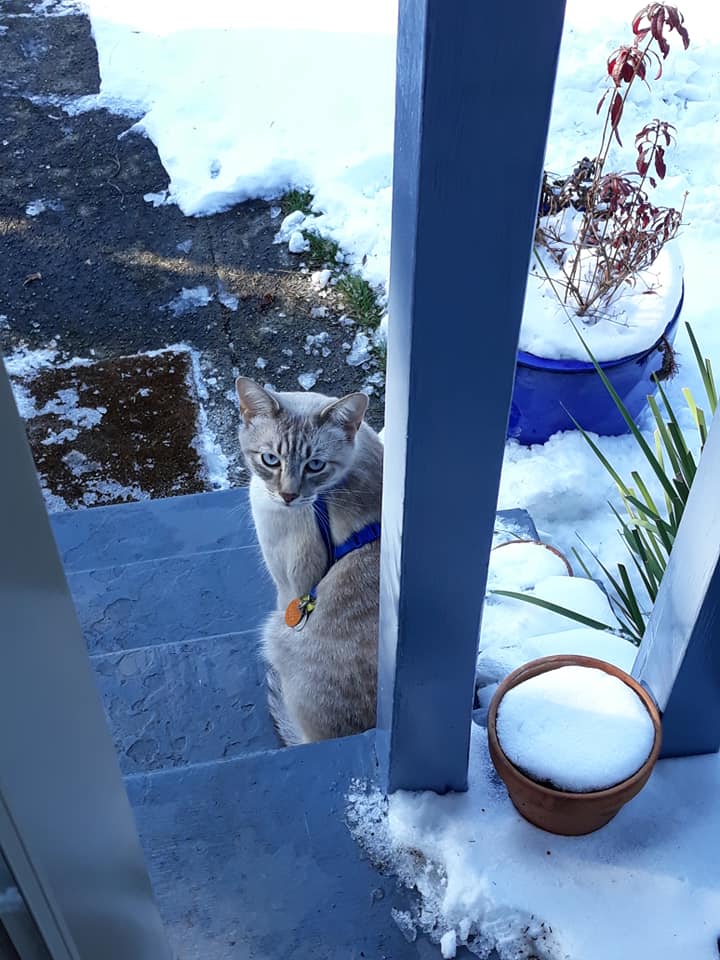
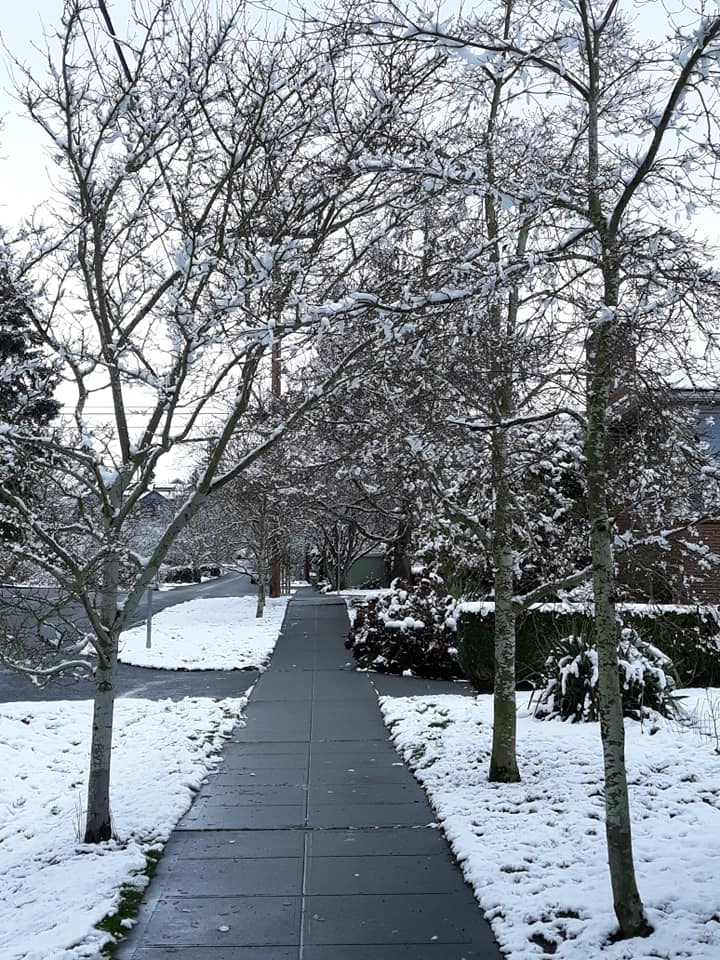
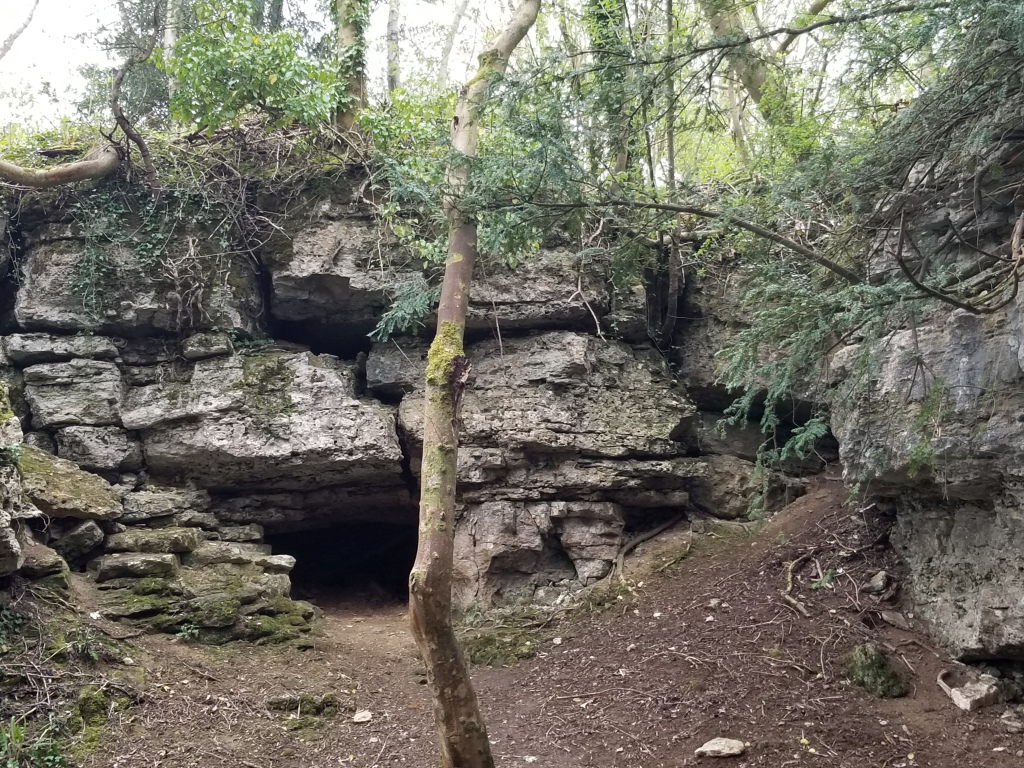

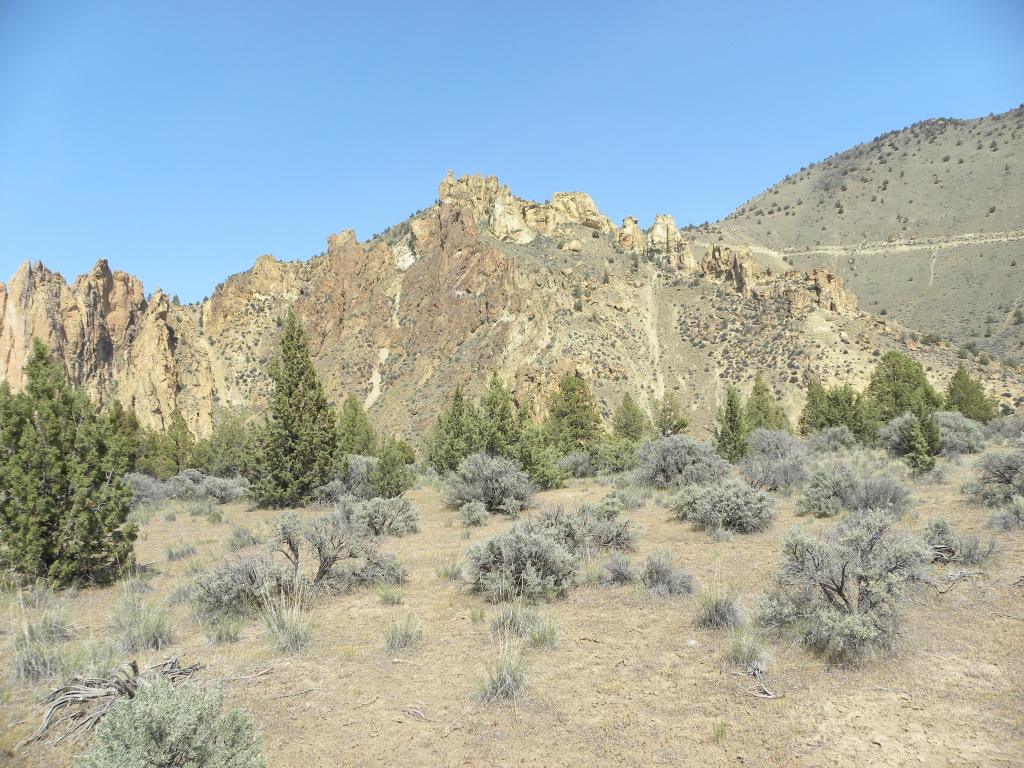
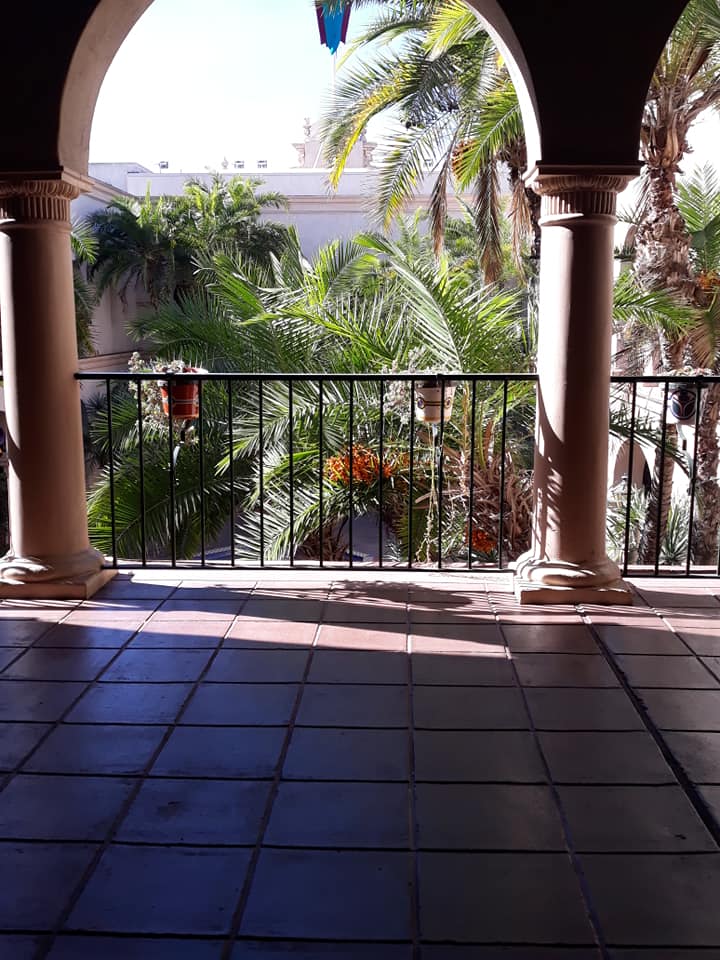
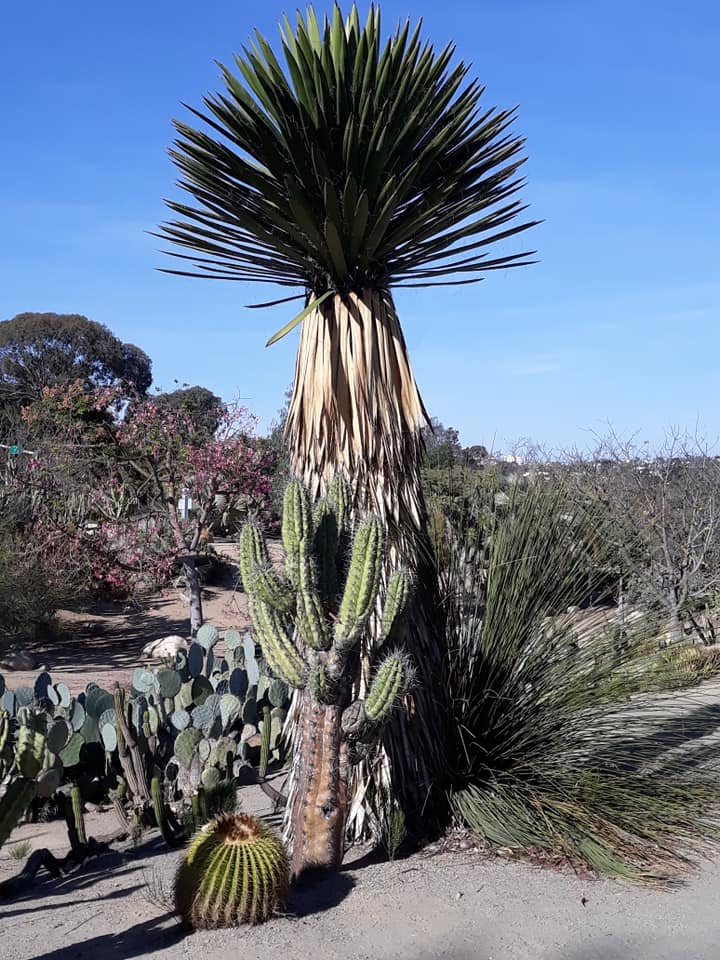
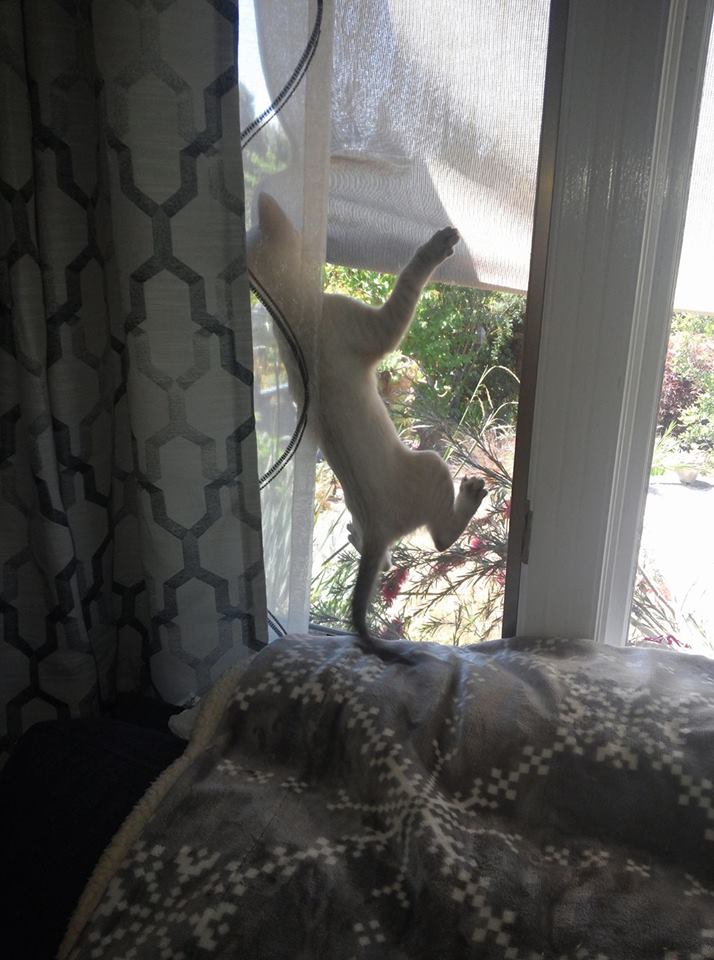
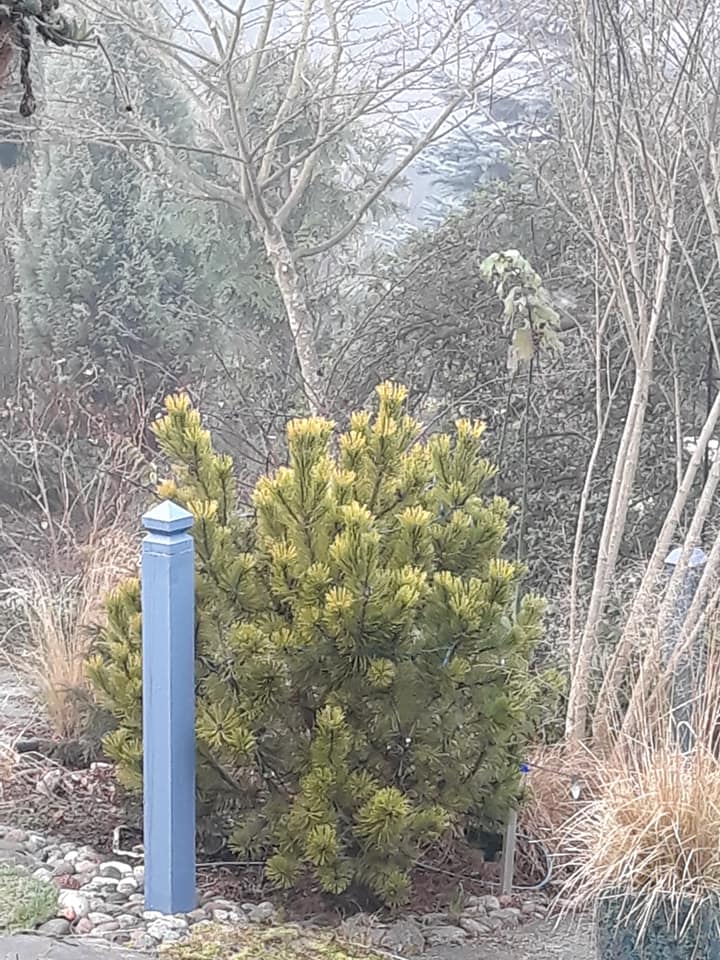
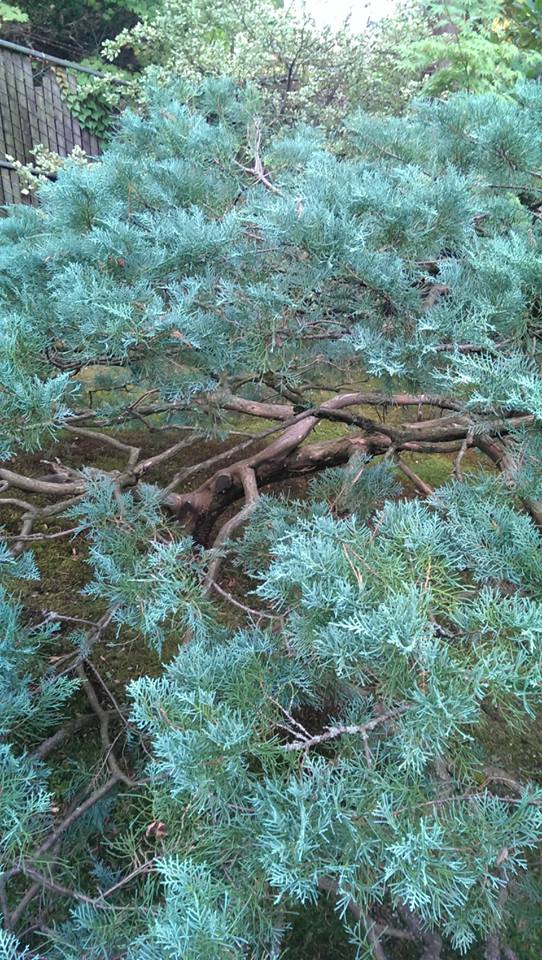
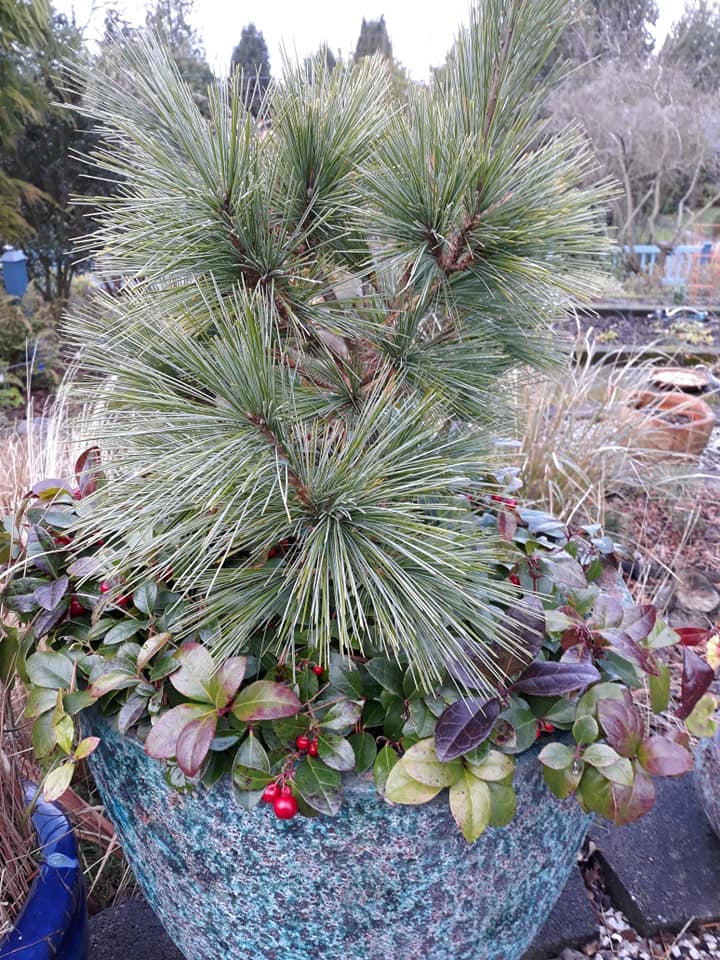
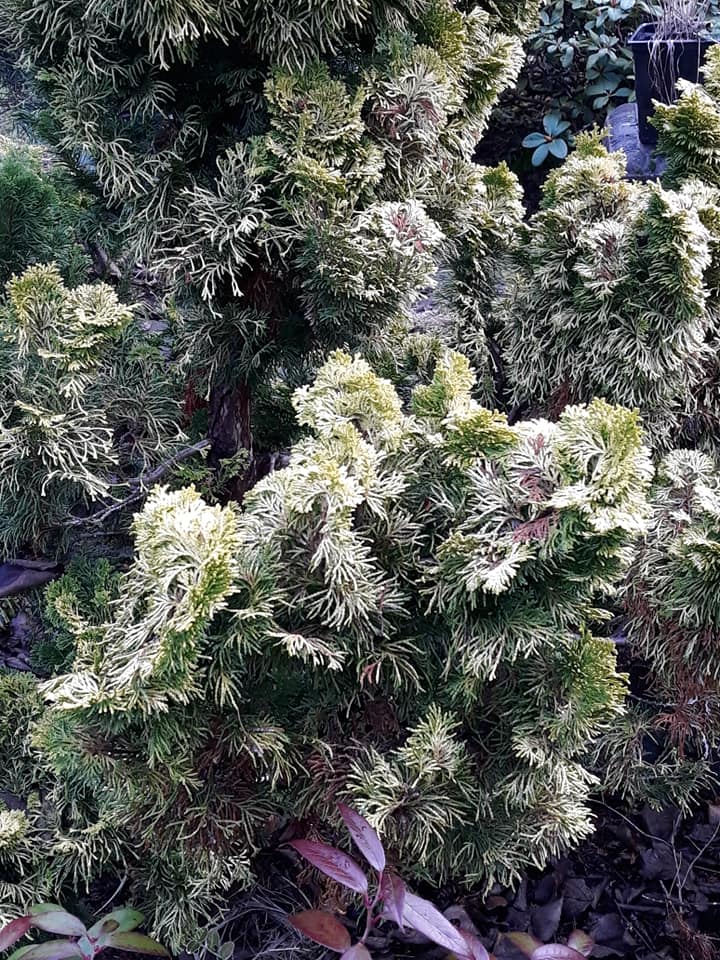
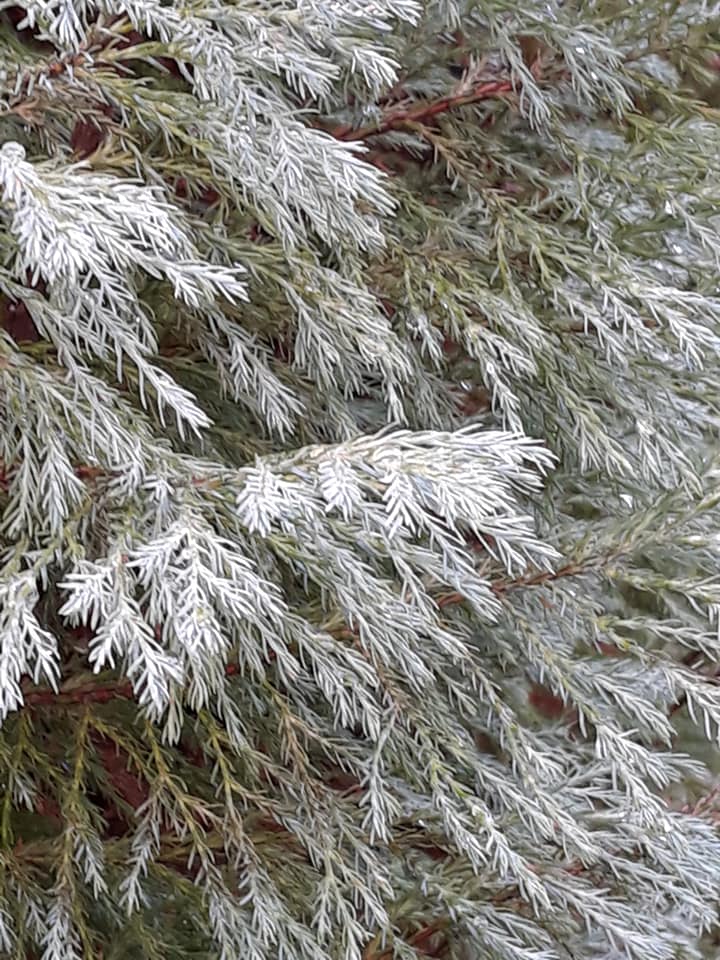
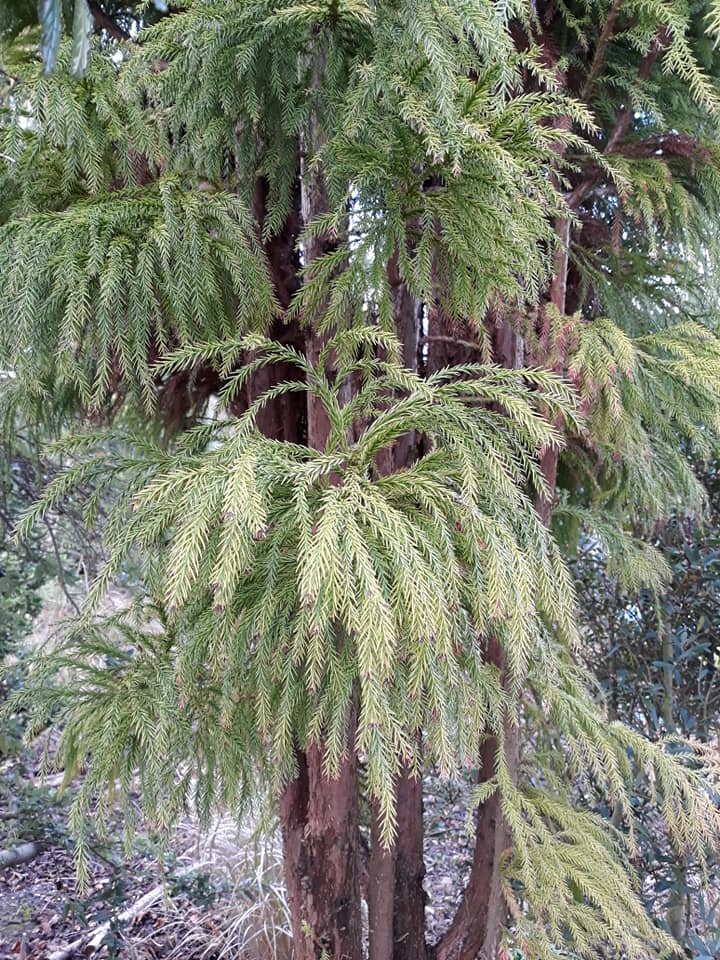
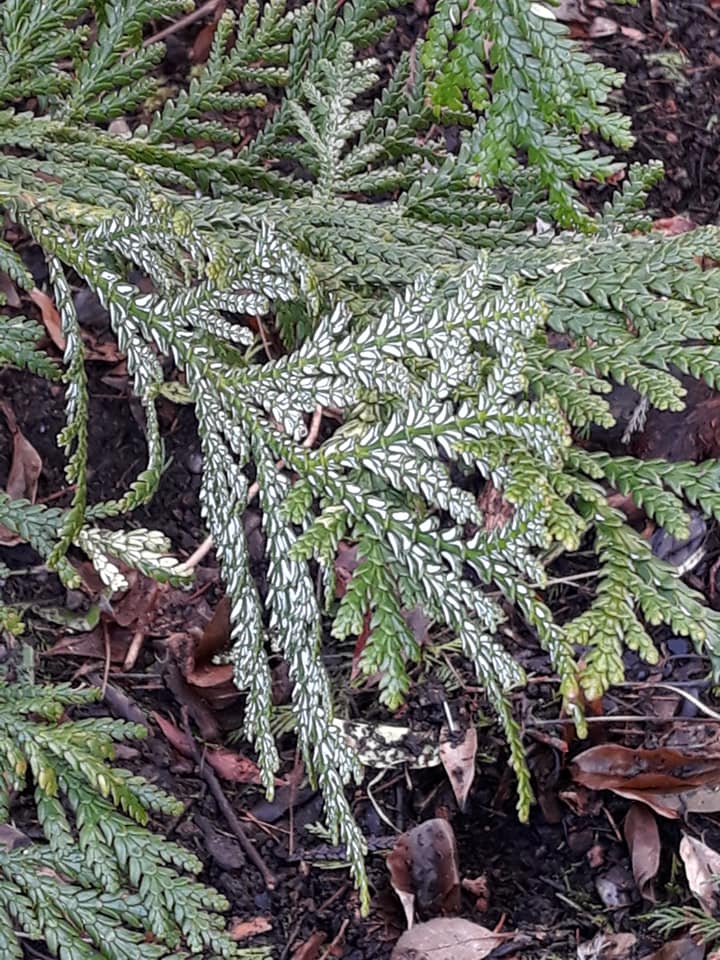
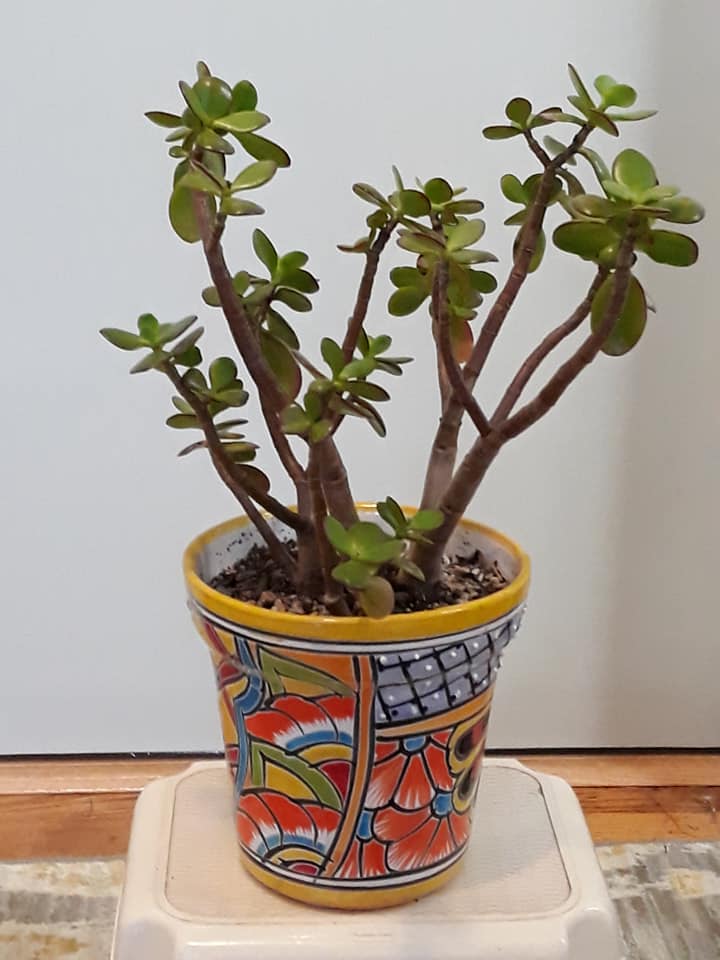
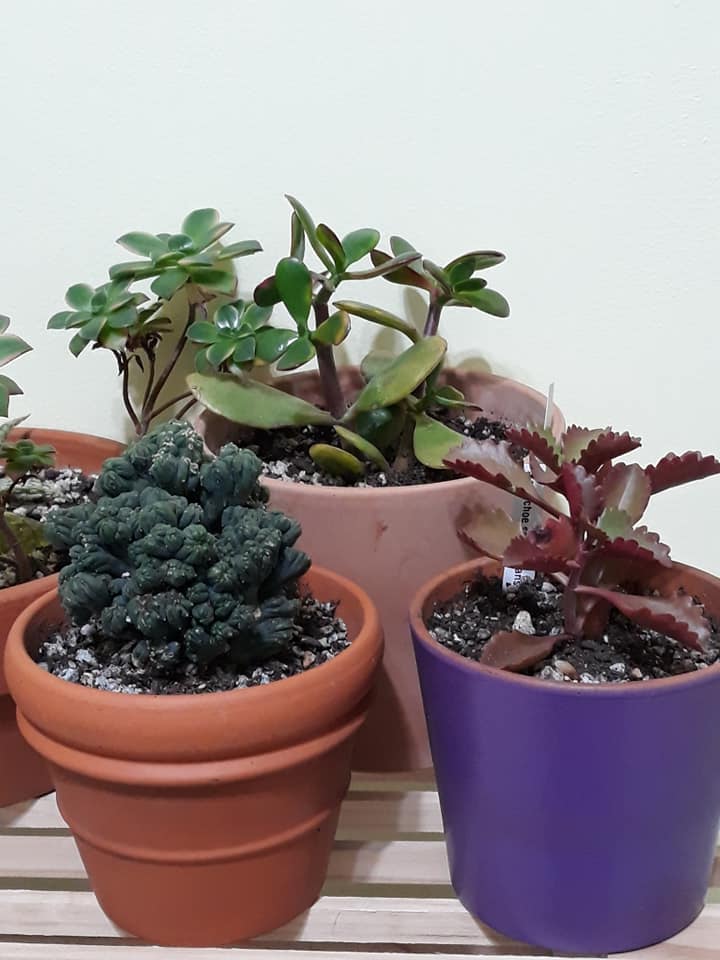
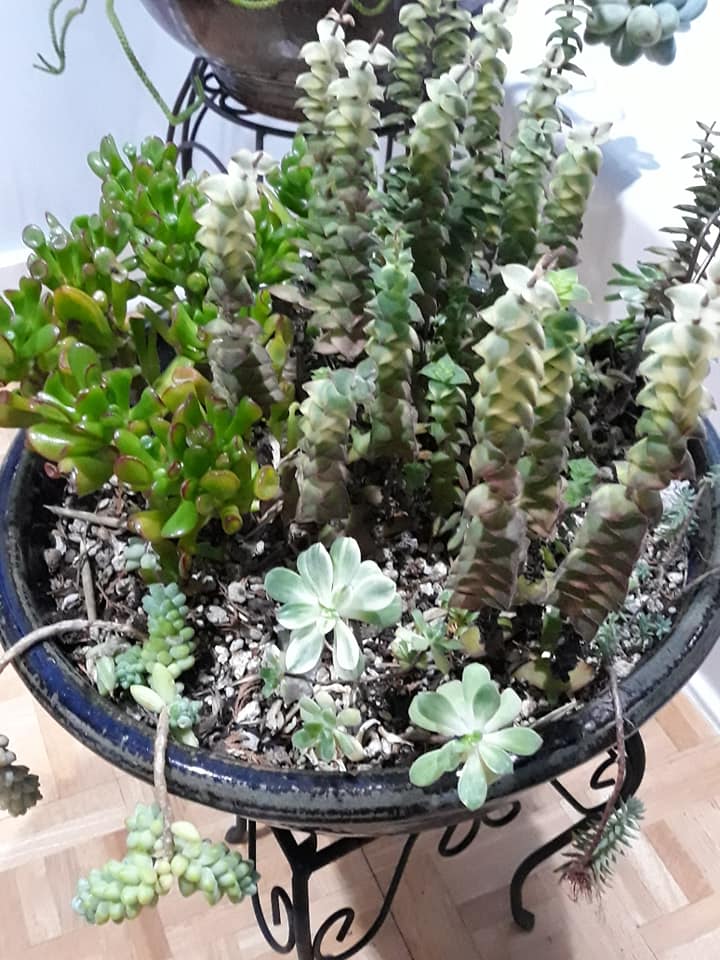
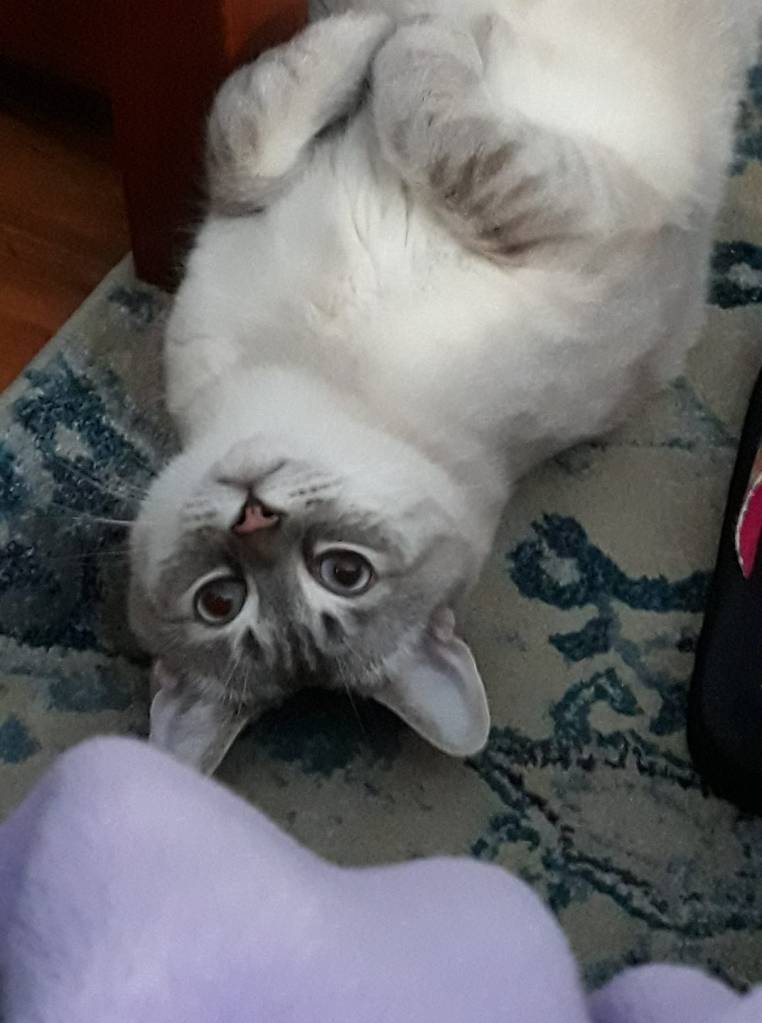
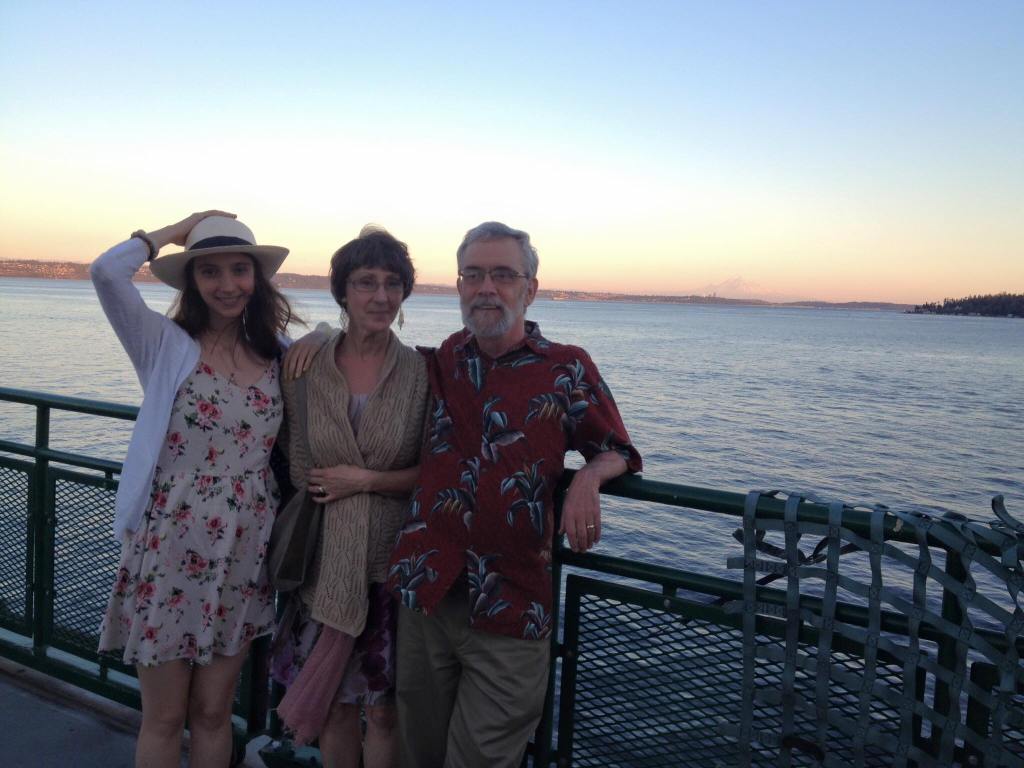
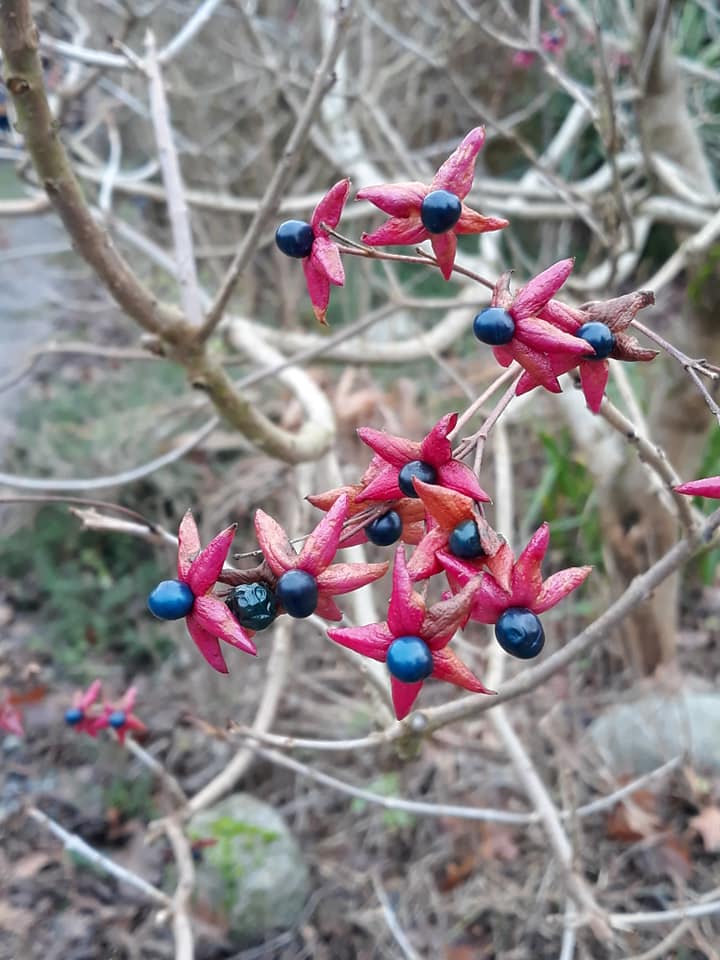
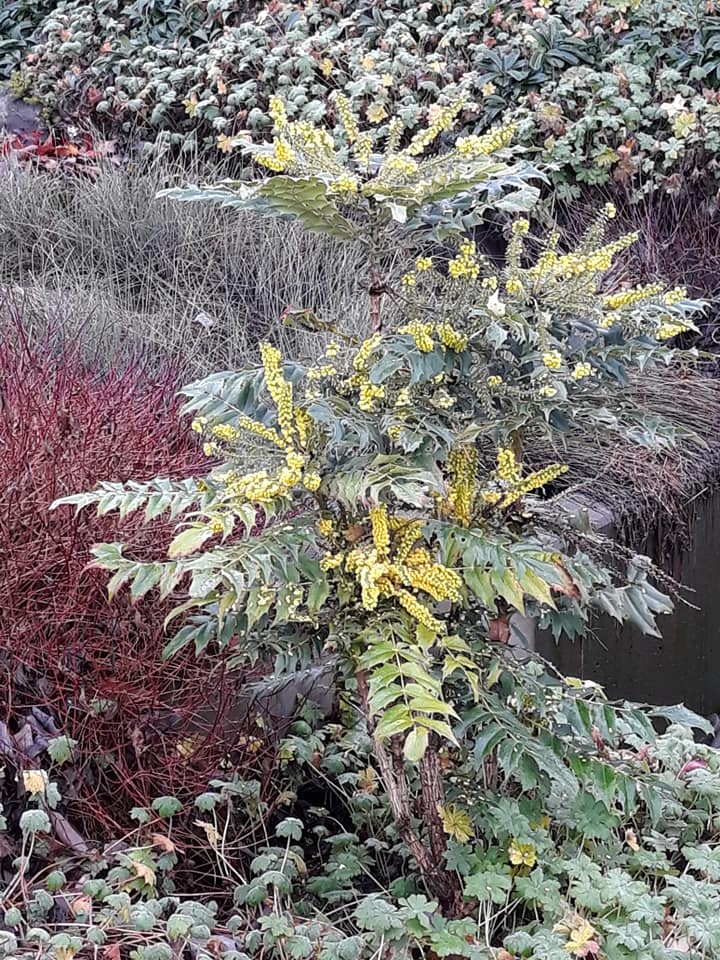
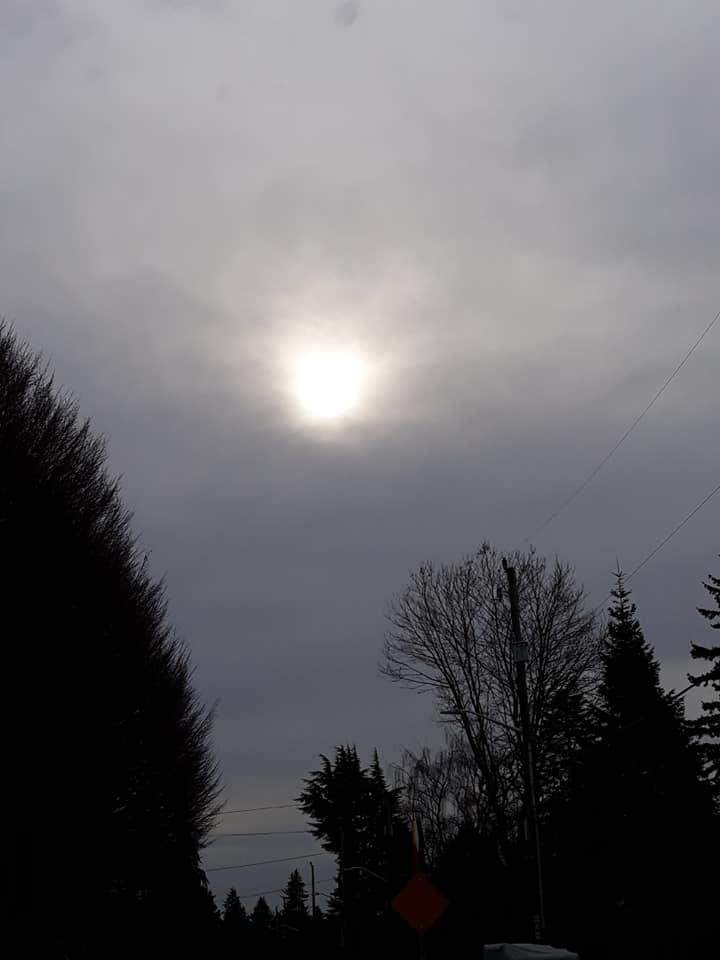
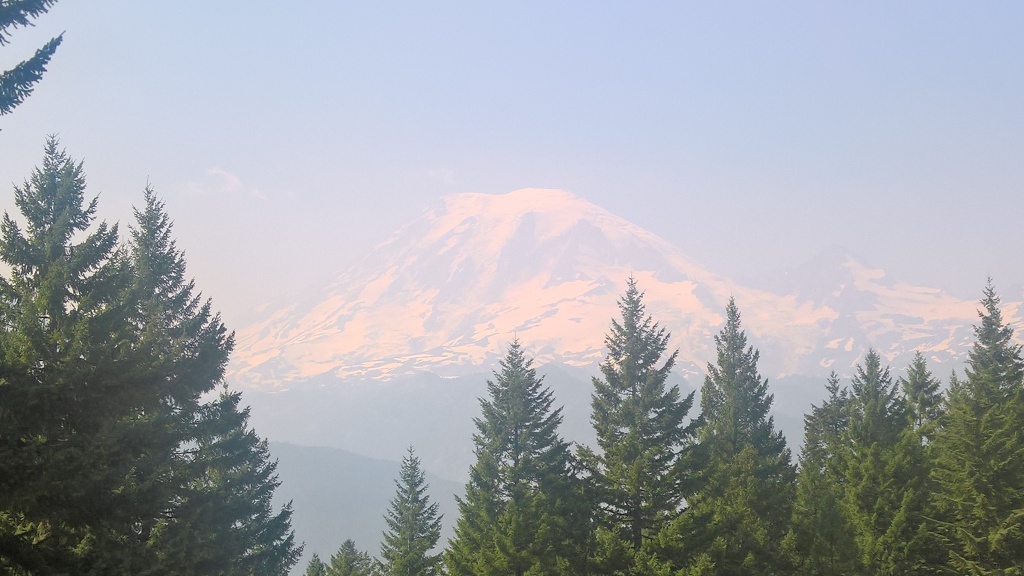
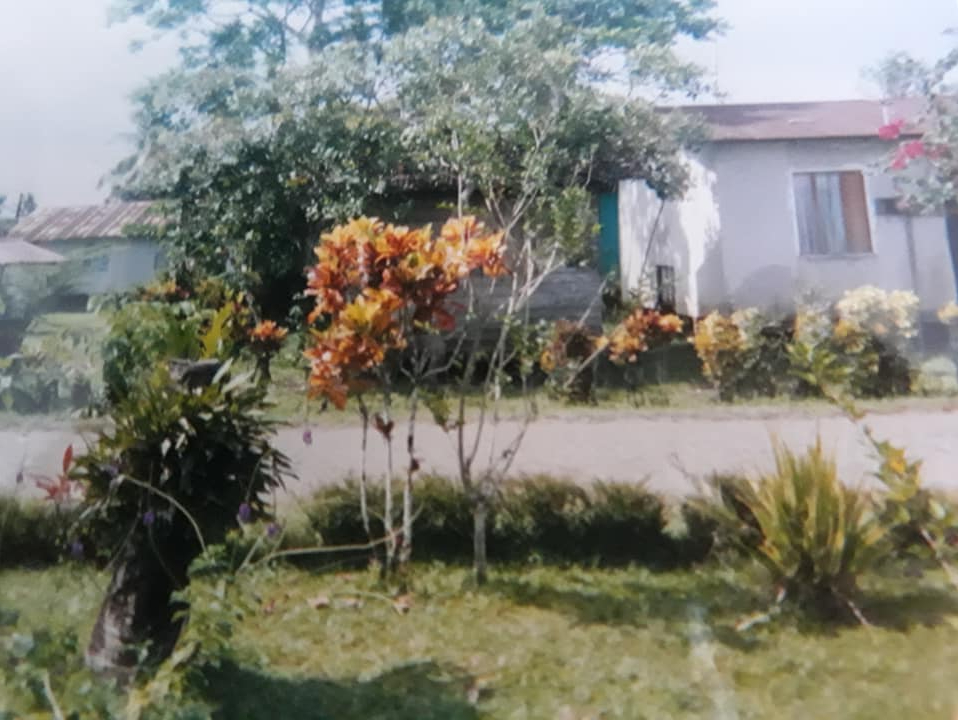
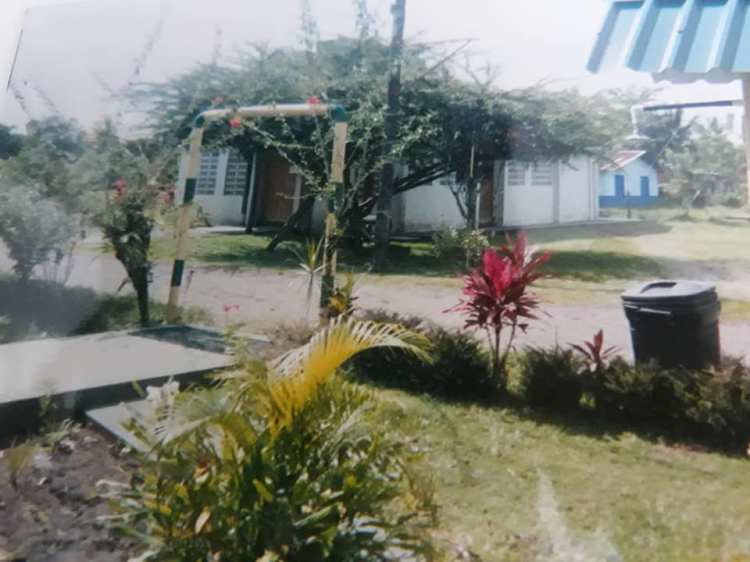

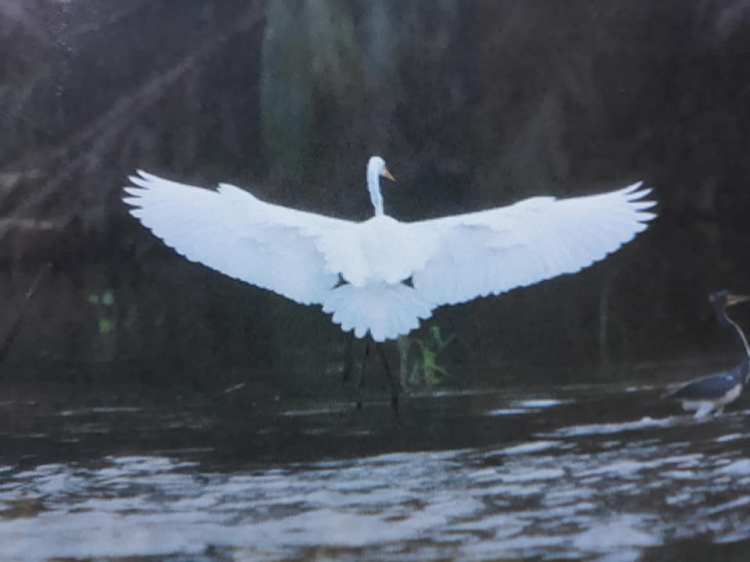
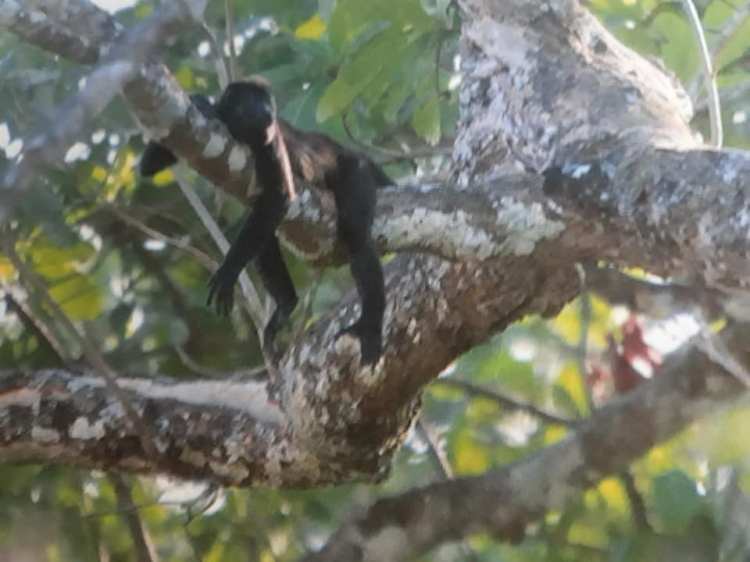
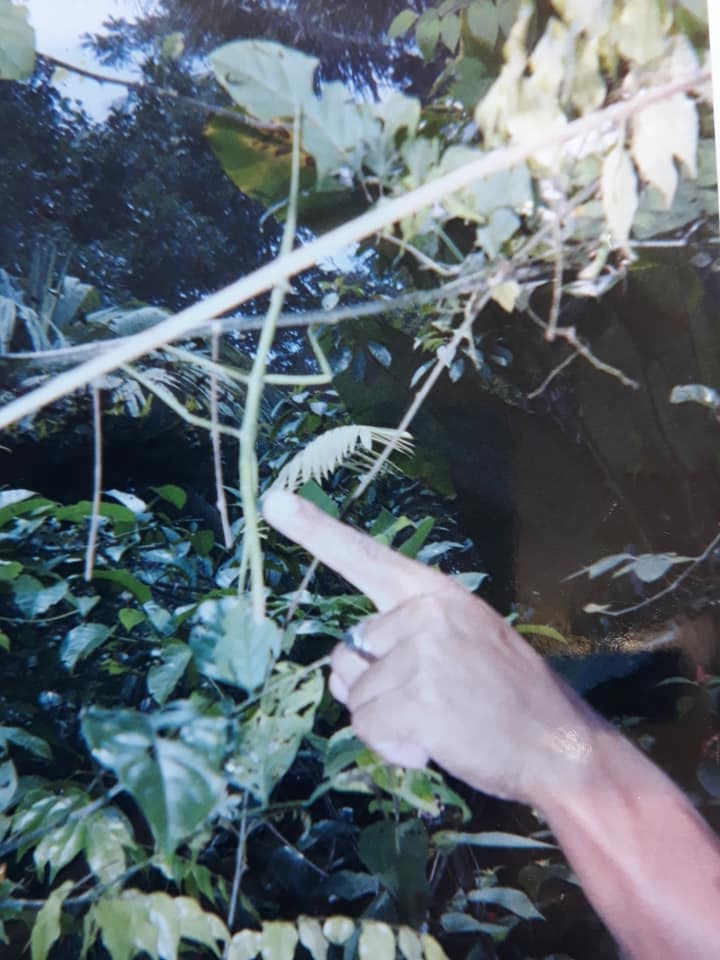
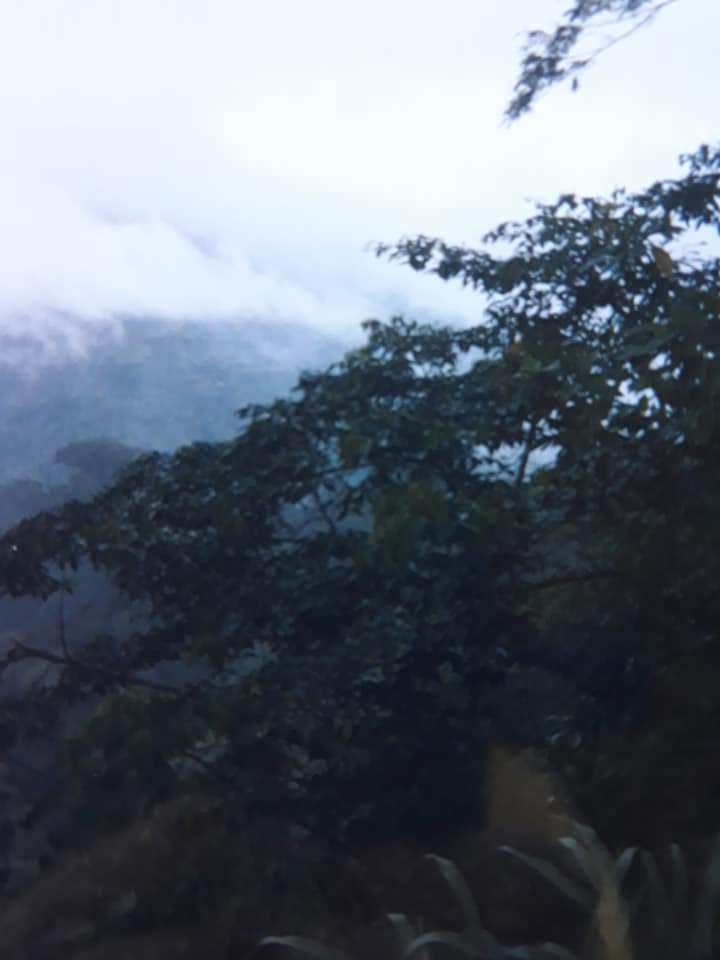
You must be logged in to post a comment.